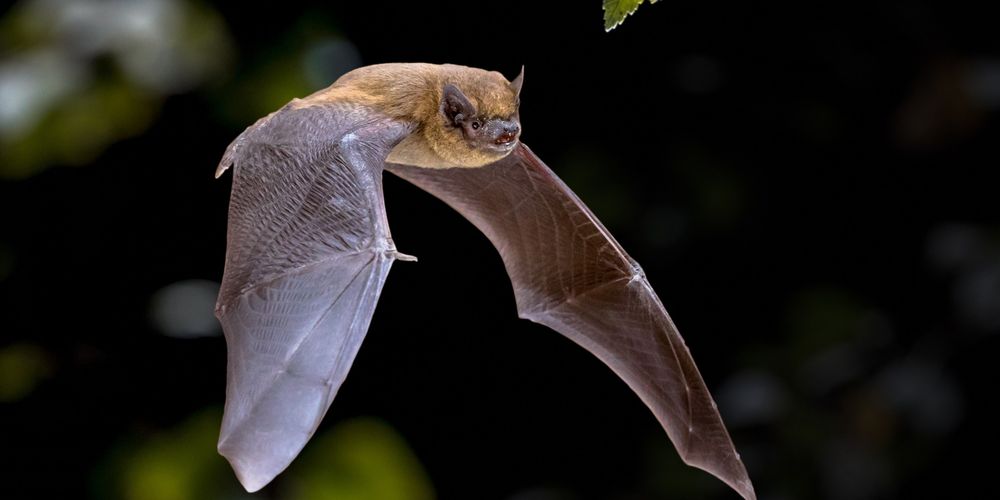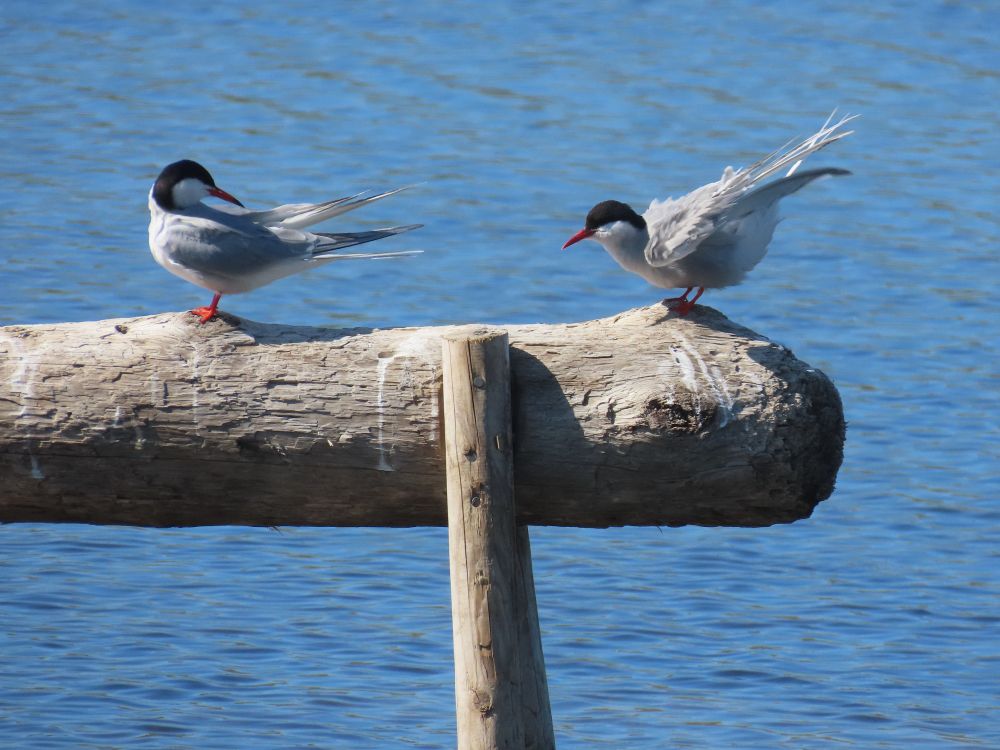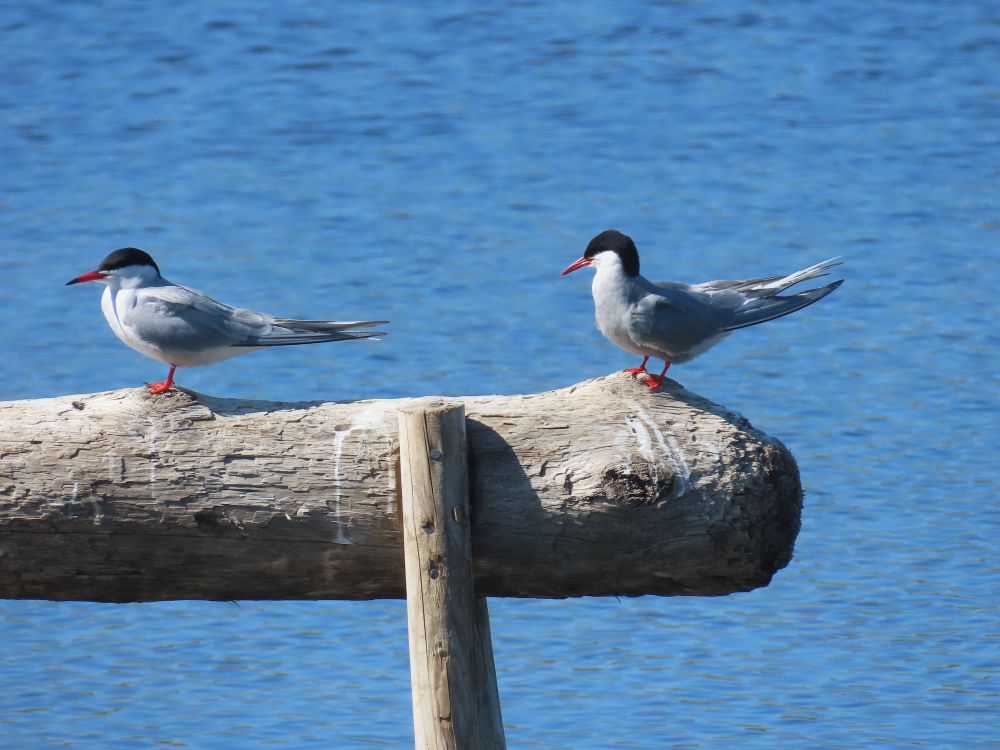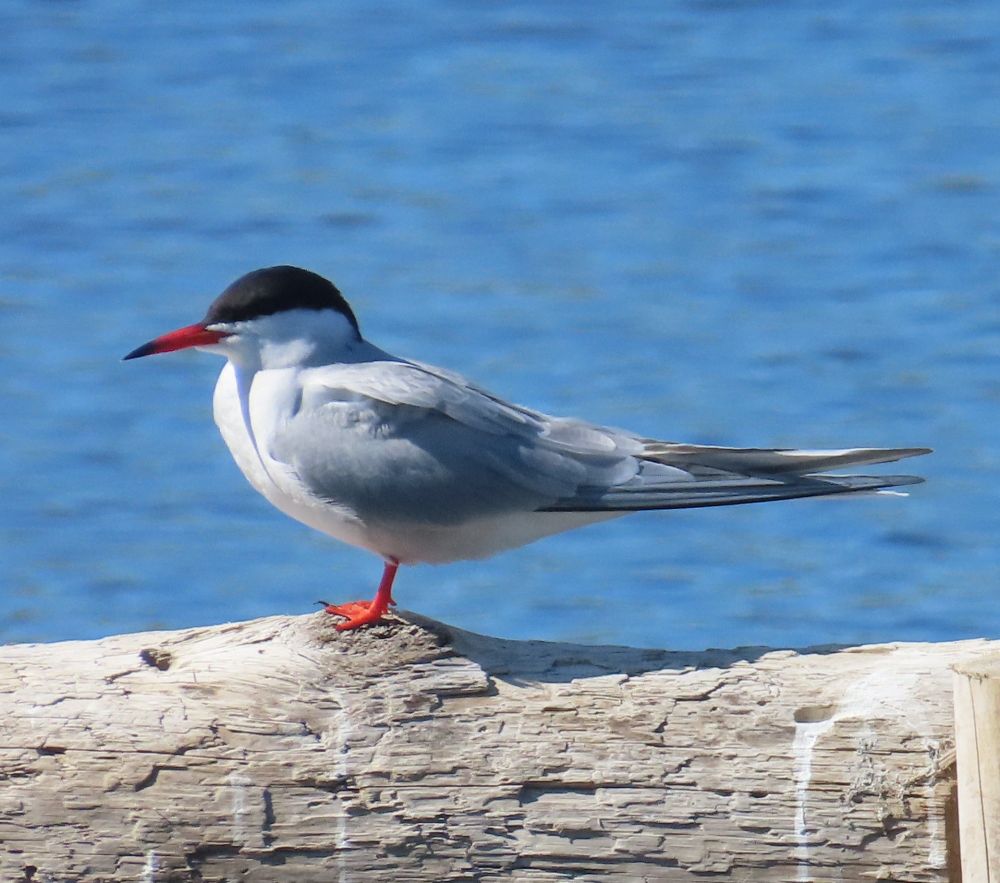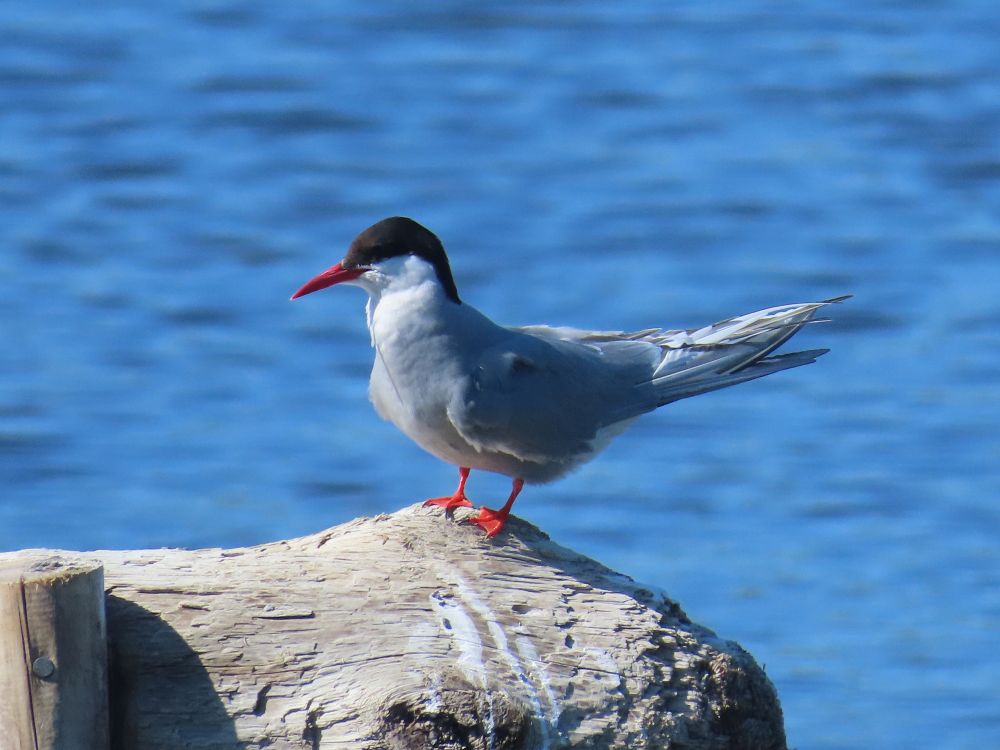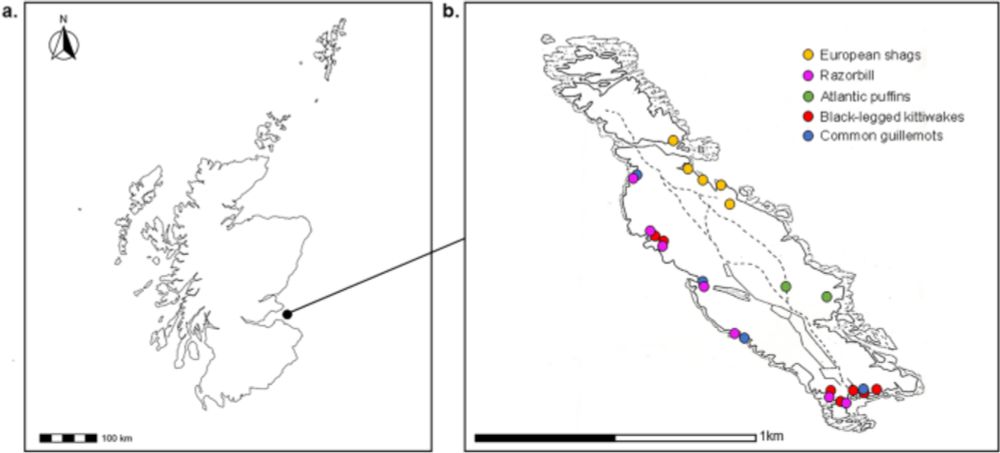
About a sixth of the public endorse very extreme views on making legal/settled migrants leave & then follow up on the specifics. (This overlaps with the 8% who say they support violence in protests & liked the riots, so it should be challenged, not indulged)
05.08.2025 09:25 — 👍 136 🔁 53 💬 12 📌 15
🧪🦣🏺 Who wants to hear a story about biotech billions, unscientific claims, and shoddy smear tactics attacking women in science*?
Thread 🧵
*which, for legal clarity, are totally denied as being connected
01.08.2025 14:01 — 👍 261 🔁 156 💬 8 📌 7
Really pleased to have contributed to this epic survey of >59,000 pairs of gannets! The St Kilda colony was less impacted by HPAI than other colonies, perhaps because steep cliffs reduced disease transmission. Flatter areas of the colony suffered greater losses.
#ornithology #seabirds #NTSseabirds
01.08.2025 17:30 — 👍 29 🔁 8 💬 0 📌 0

🌊 How do tiny zooplankton shape climate & marine ecosystems? The latest #IJMS symposium issue calls for global, sustained efforts to study zooplankton’s critical role in a changing ocean.
📖 Read more ➡️ www.ices.dk/news-and-eve...
29.07.2025 18:23 — 👍 18 🔁 7 💬 1 📌 1
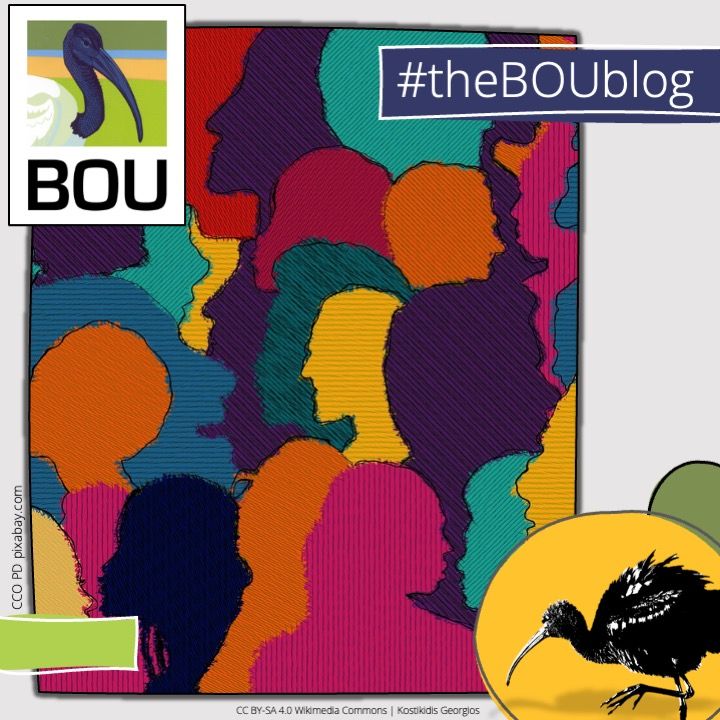
NEW on the #BOUdiversityBlog from Jamie Dunning
Why I don’t want to talk about my neurodivergence
bou.org.uk/blog-dunn...
#ornithology 🪶
28.07.2025 09:00 — 👍 15 🔁 11 💬 0 📌 1
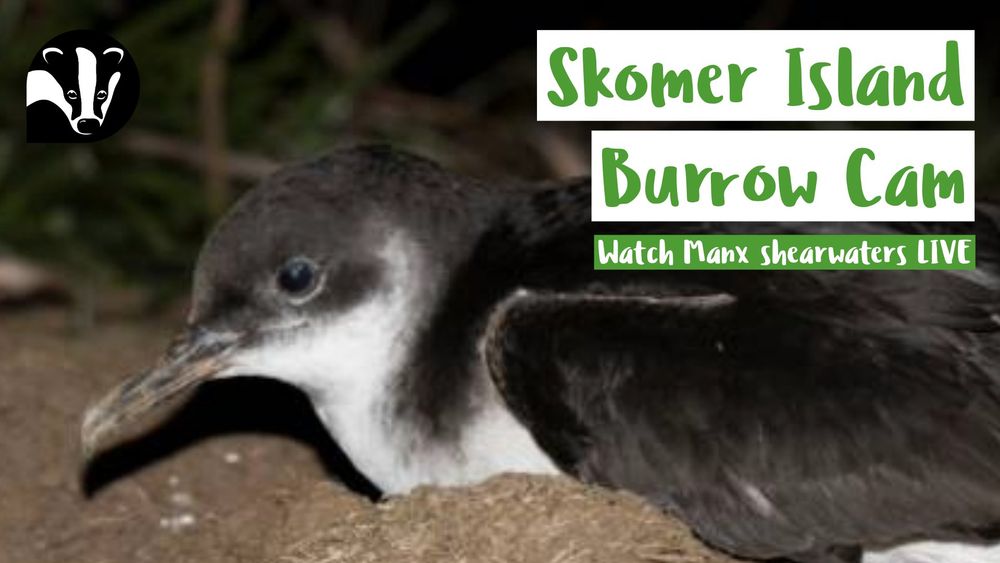
A photo of a Manx Shearwater, a black and white seabird with a thin, long hooked bill, with the text 'Skomer Island Burrow Cam - Watch Manx shearwaters live'
Our Burrow Cam livestream is back! Tune in to follow the journey of this Manx Shearwater chick as it grows and fledges the nest!
Watch Shearwaters live from Skomer: www.youtube.com/watch?v=-ihL7gTNKZE
📸 Chris Lawrence
#ManxShearwater #Seabirds #Skomer #WildlifeWebcams
25.07.2025 14:30 — 👍 13 🔁 9 💬 0 📌 0
Word received via @jodiemhenderson.bsky.social who's holidaying on Skokholm this week of a fantastic Storm Petrel recovery: one of the 20 caught here in the early hours of Friday morning (02.15am) was recaught at Skokholm at 03.00am this morning - c280 miles via the tip of Cornwall in 25 hours!
26.07.2025 16:30 — 👍 82 🔁 9 💬 3 📌 2
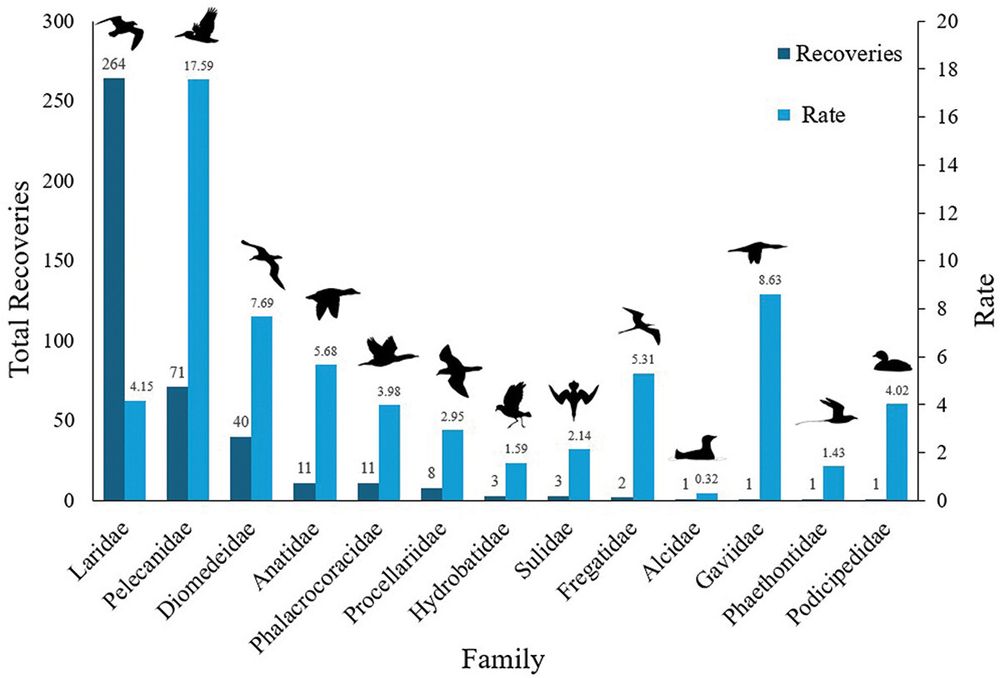
Taxonomic distribution of all banded seabirds that were recorded in the North American Bird Banding Program dataset (1930–2023) as having died from colliding with anthropogenic structures. Recovery rate is defined as the number of collision-associated recoveries per 100,000 birds banded. Bird silhouettes generated by PhyloPic (Keesey 2024).
There's a new guest post on the WOS blog! Riley Lawson describes the backstory of his recent paper in The Wilson Journal of #Ornithology, which documents the underappreciated threat that collisions with anthropogenic structures pose to #seabirds. wilsonsociety.org/2025/07/28/g...
28.07.2025 20:08 — 👍 17 🔁 12 💬 1 📌 0
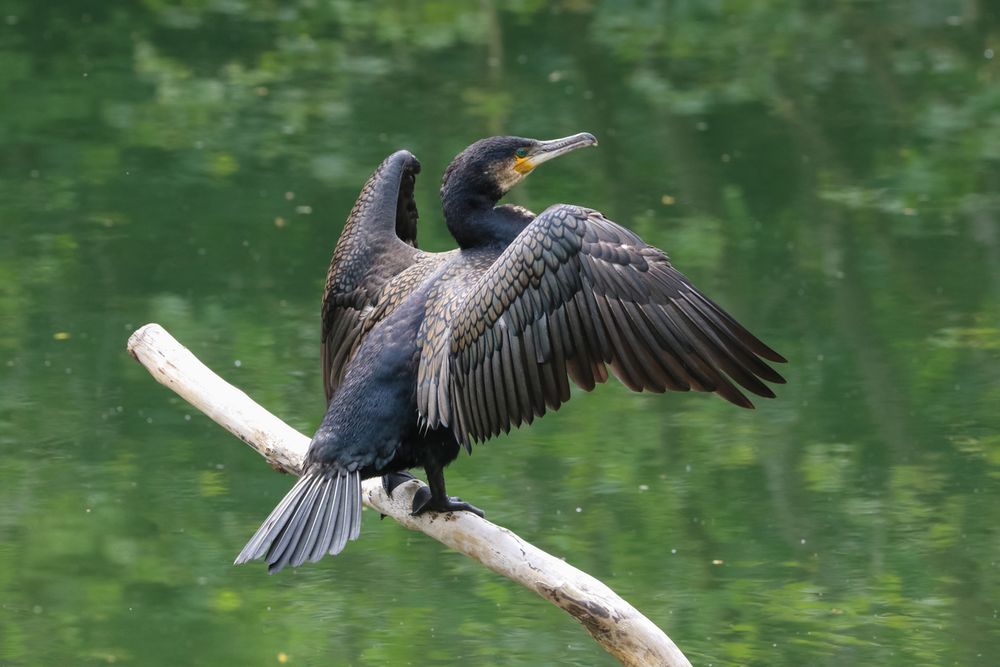
A dark brown bird sits on a branch with its wings outstretched.
Latest Cormorant indices released for England
The Cormorant population in England increased since monitoring began in the late 1980s. However, the latest results suggest a recent levelling off jncc.gov.uk/our-work/cor...
24.07.2025 10:48 — 👍 13 🔁 8 💬 1 📌 0
Protection on paper isn’t enough. Real conservation needs real enforcement. Two new studies serve as the latest wake-up call for closing the gap between promise and practice.
#OceanConservation #MPARealityCheck #ProtectWhatMatters
24.07.2025 21:26 — 👍 6 🔁 4 💬 0 📌 0

Home - Global Footprint Network
The Ecological Footprint metric shows how much nature we use compared to how much nature we have.
Today is #EarthOvershootDay — the day when humanity’s demands on nature surpass Earth’s ability to replenish itself in a year. This year’s date (a week earlier than 2024) means that people are using nature 1.8 times faster than Earth can replenish itself.
Learn more about the day ⬇️
24.07.2025 20:44 — 👍 47 🔁 31 💬 2 📌 1
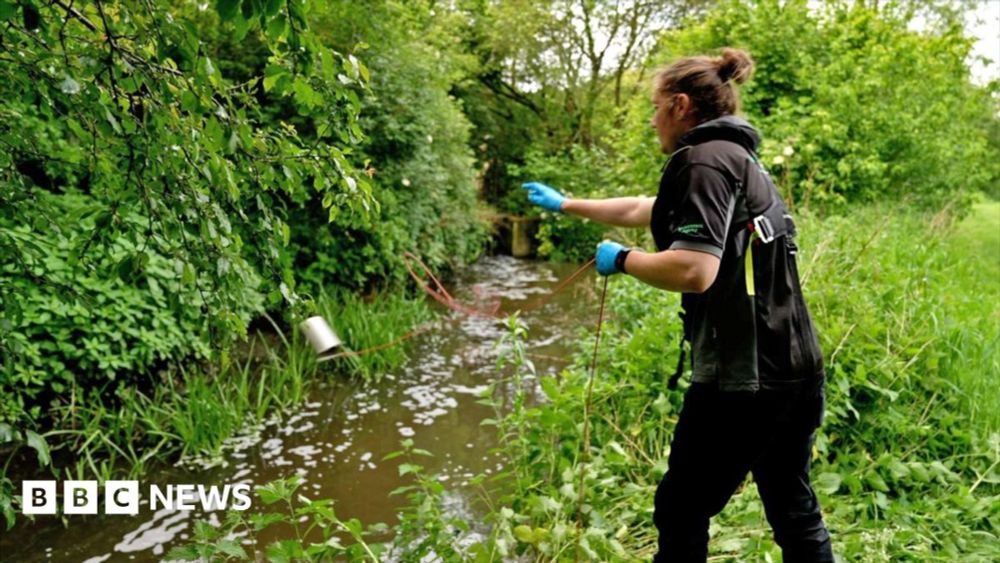
Thousands of pollution tests cancelled due to lack of staff
Testing programmes affected include those monitoring the impact of drought.
The regulator, Environment Agency, has cancelled 1000s of water quality tests. “The work affected by the cuts to testing this year included investigations into the water industry in various parts of the country and monitoring of protected areas including the River Wye”. www.bbc.co.uk/news/article...
24.07.2025 16:14 — 👍 1 🔁 4 💬 0 📌 0
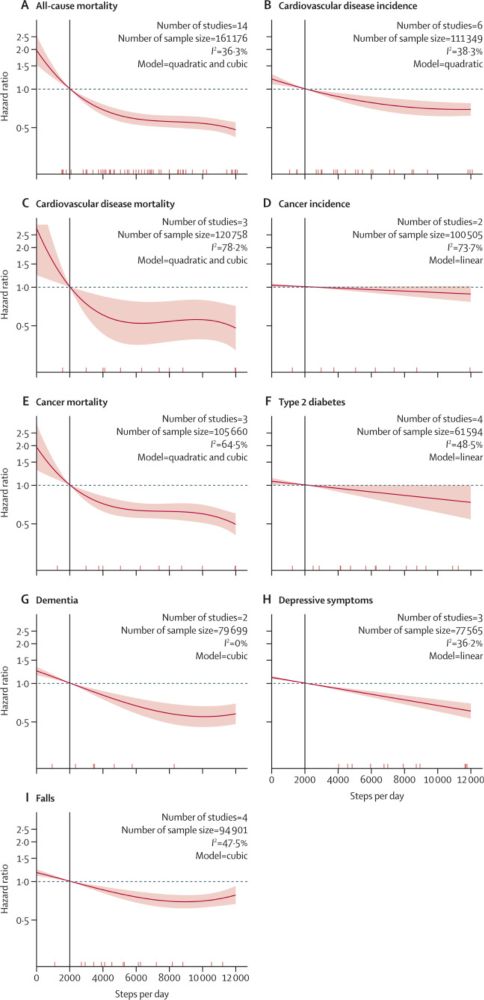
Daily steps and health outcomes in adults: a systematic review and dose-response meta-analysis
Although 10 000 steps per day can still be a viable target for those who are more
active, 7000 steps per day is associated with clinically meaningful improvements in
health outcomes and might be a mor...
One of the most common science myths is that we need 10k steps a day...a number originating from a Japanese ad.
In general, the more steps the better, right? However, several studies now identify inflection points around 7k as significantly reducing many health risks, from heart to dementia.
24.07.2025 16:32 — 👍 372 🔁 111 💬 17 📌 10

Preparation of coffee in Ethiopia, a native cultural crop that supports 15 million national livelihoods. Image © Jenny Williams / RBG Kew.
☕ Species of the Month: Wild Arabica coffee
The plant behind 60% of the world’s coffee is listed as Endangered on the IUCN Red List. Yes, wild Coffea arabica is in trouble. #PlantScience
24.07.2025 15:30 — 👍 17 🔁 12 💬 1 📌 2
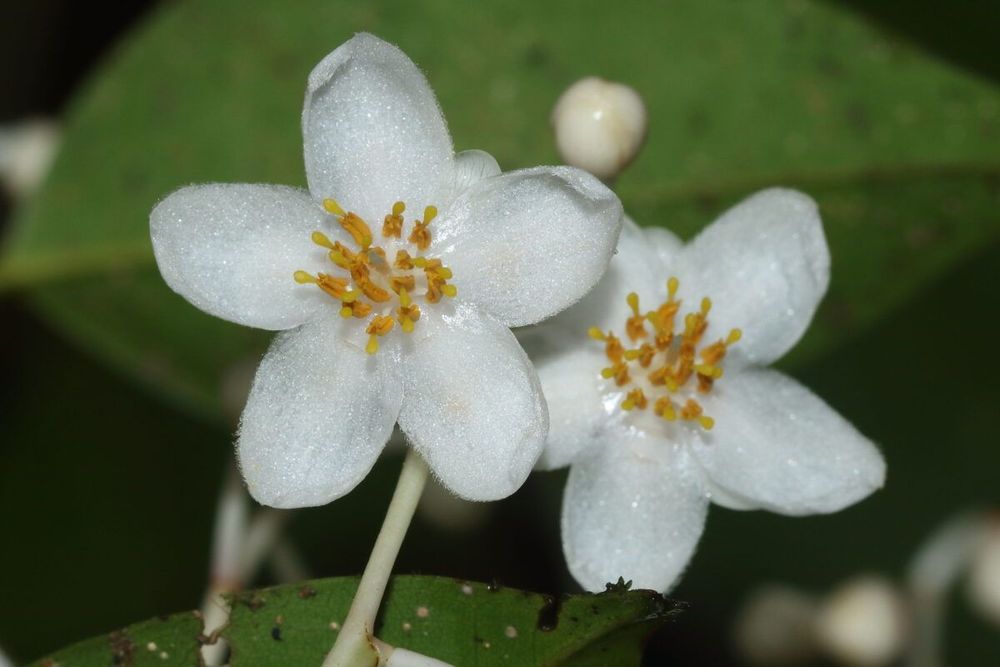
Sri Lanka’s plant messiah spreads optimism for biodiversity & conservation
When the government of Sri Lanka published the National Red List of threatened plants in 2020, my eyebrows shot up. We’ve all become accustomed, after all, to the grim news these reports…
A young Sri Lankan scientist, Himesh Jayasinghe, has rediscovered more than 100 of 177 possibly extinct species in Sri Lanka as well as three of five extinct species and both species previously considered extinct in the wild.
22.07.2025 20:01 — 👍 30 🔁 14 💬 0 📌 1
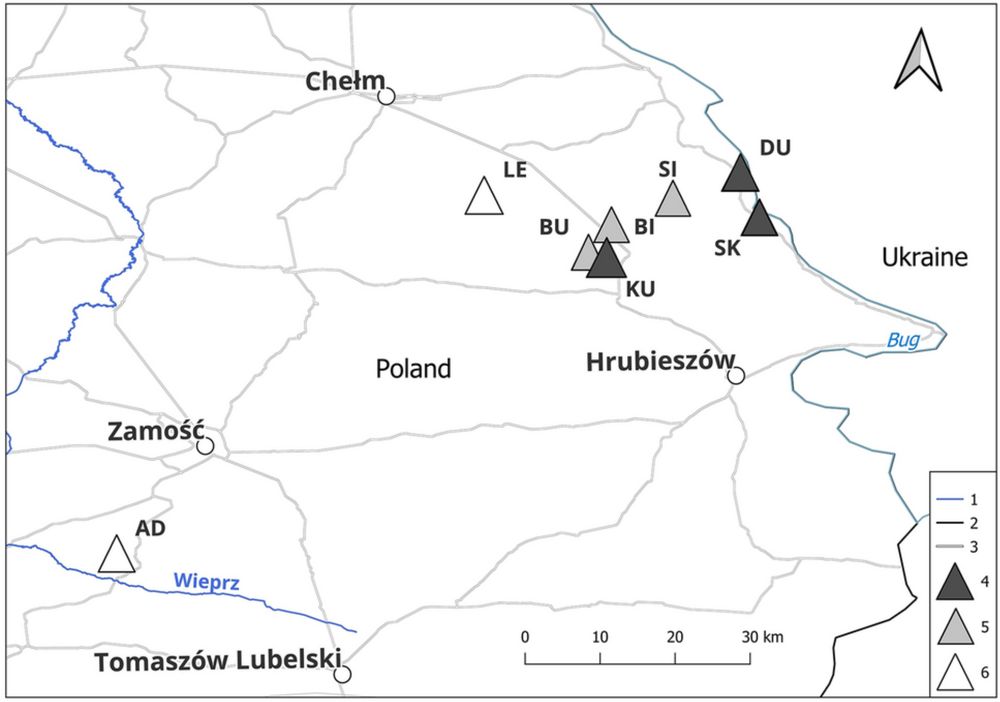
The potential of White Stork (Ciconia ciconia) nest lining to evaluate the functional diversity of Coleopteran fauna - Journal of Ornithology
Collecting arthropod samples is usually very invasive because these organisms die during sampling, and it is hard to obtain a statistically robust sample. The availability of arthropods is critical for the survival of the youngest White Stork (Ciconia ciconia) nestlings and impacting the productivity of this species populations; thus, the species is a strong predator of a variety of epigeic insects. At the time of progressive drying of climatic conditions due to climate change or/and in dry habitats replacing wetlands, the role of termophilic taxa as certain Coleoptera in nestling diet is often underestimated. Here, we evaluated the Coleopteran component of the diet of the White Stork nestlings using the nest lining material consisting of fragmented remains of regurgitated pellets and soil-like material, and related the community indices of Coleopteran fauna to the landscape structure within a radius of 2.5 km around nests. In eight nests collected in SE Poland, we found a massive accumulation of beetle remains representing 32,277 individual Coleopteran prey items, from which 17,252 were identified to the family level. Our analysis showed a significant relationship between the landscape structure and beetle communities, as well as the abundance of dominant prey taxa and the share of three major functional guilds (herbivores, scavengers, and predators). The significant contribution of scavengers was associated with a high proportion of forests around the nest and decreased with increasing proportion of arable lands and mixed crops, while the high proportion of herbivorous and predatory beetles was associated with a high share of arable lands. We showed that the analysis of nest lining material, mainly the remains of pellets, provides taxonomically informative data on beetle communities and can be a valuable tool in bioindicative assessments of Coleopteran biodiversity. Given the widespread nesting of White Stork near landfills (increasing the productivity of their local populations), further studies assessing the role of the Coleopteran component, particularly the contribution of necrophagous or saprophagous beetles, in the diet of early nestlings of this bird species are essential.
Now online in Journal of #Ornithology
The potential of White Stork (Ciconia ciconia) nest lining to evaluate the functional diversity of Coleopteran fauna
Open access
link.springer.com/article/10.1...
21.07.2025 13:55 — 👍 4 🔁 1 💬 0 📌 0
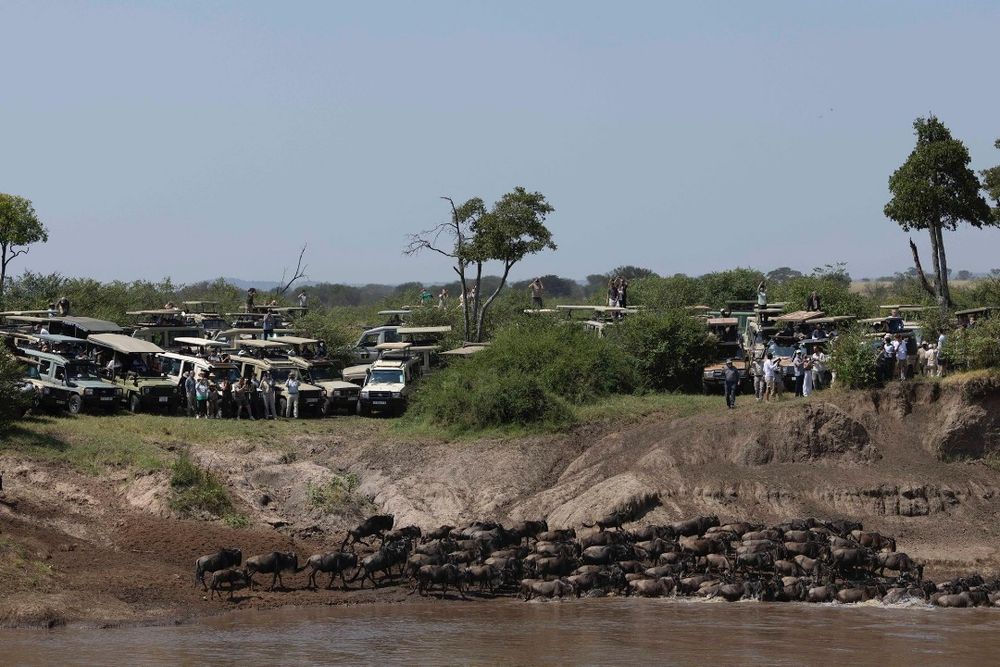
Herd of wildebeest in a river, surrounded by a larger herd of safari vehicles.
I guess now they're crossing that river, whether they wanted to or not.
21.07.2025 16:58 — 👍 11 🔁 8 💬 3 📌 1
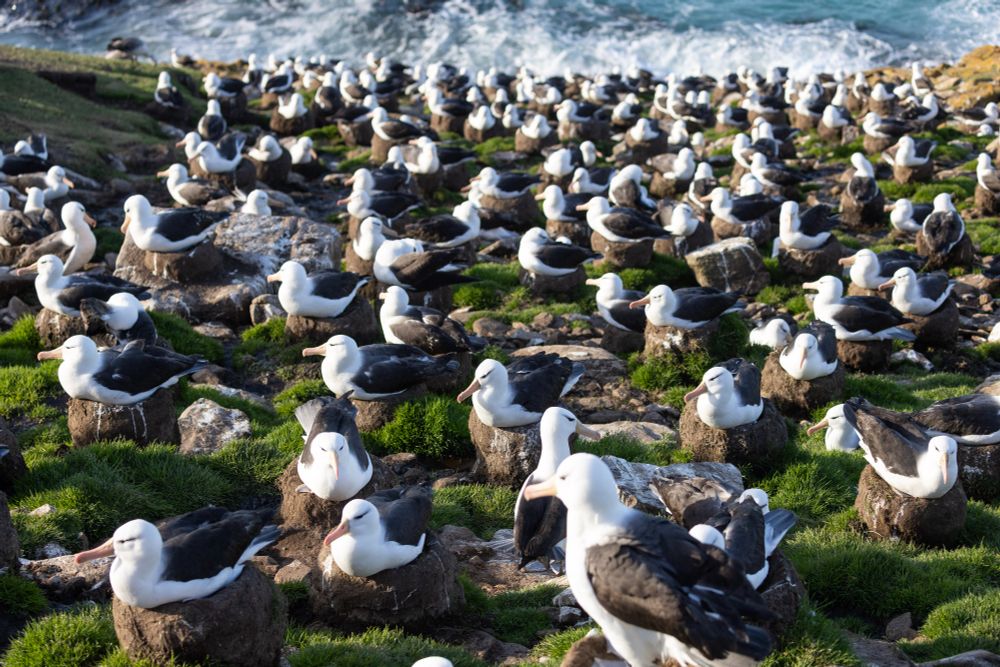
A black-browed albatross rookery at Saunders Island in the Falklands #birds #seabirds #albatross #falklandislands #nature #southatlantic #nature #saundersisland #flight #wildlife #hatching #blackbrowedalbatross #hatchling #DailyNature
20.07.2025 16:15 — 👍 28 🔁 3 💬 0 📌 1
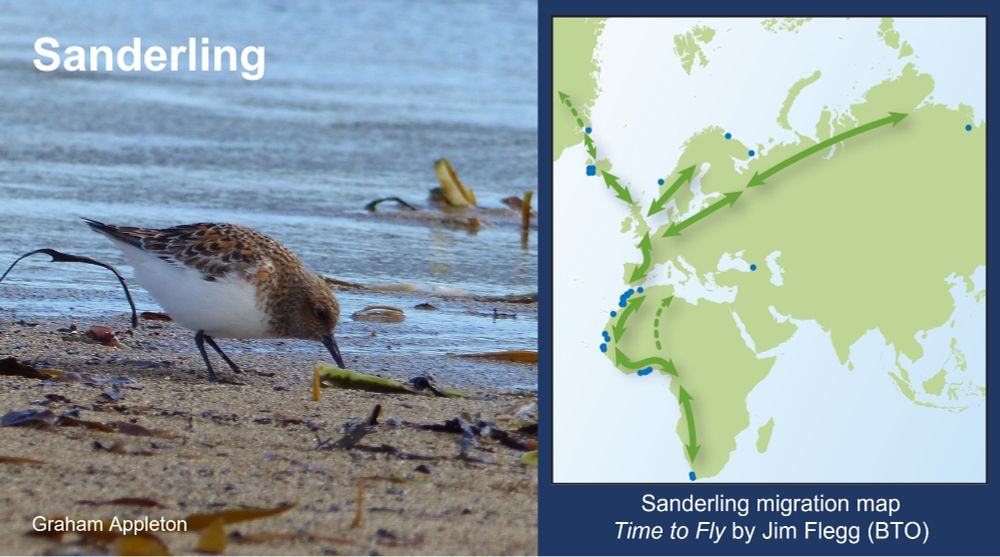
Share with a birdwatching friend?
This blog abou the migration of waders to/through/from Britain and Ireland has been read by over 16,000 people since publication on 20 July 2017 🎂8️⃣
wadertales.wordpress.com/2017/07/20/w...
Blog about Sanderling:
wadertales.wordpress.com/2019/10/04/t...
#ornithology
20.07.2025 07:15 — 👍 27 🔁 9 💬 0 📌 0
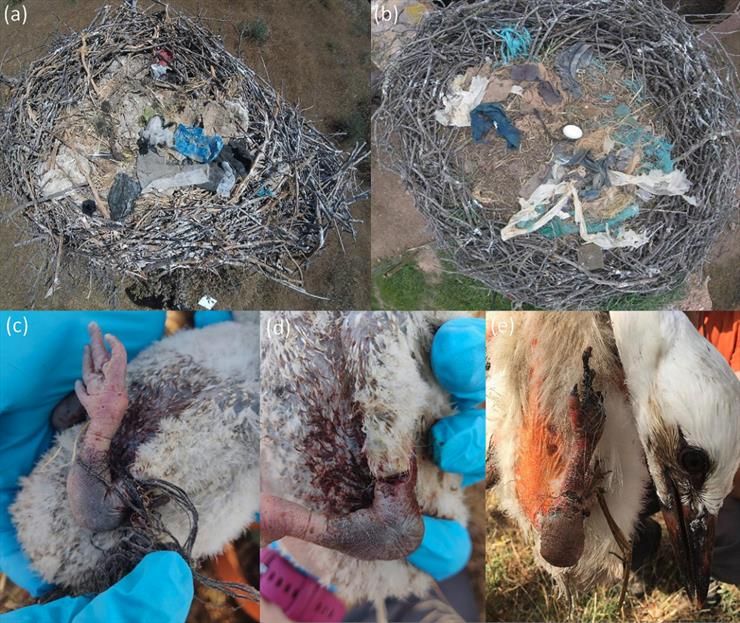
A death trap in the nest: anthropogenic nest materials cause high mortality in a terrestrial bird | www.sciencedirect.co... | Ecological Indicators | #ornithology 🪶
21.07.2025 15:30 — 👍 7 🔁 6 💬 0 📌 0
If you were born between 1970-1990 you may not have full MMR protection, even if you had parents who took you for all your jabs. The NHS will give you a free booster. With cases surging, this is a great way to protect yourself & your community. I’m getting mine tomorrow www.nhs.uk/vaccinations...
20.07.2025 10:54 — 👍 575 🔁 437 💬 57 📌 67
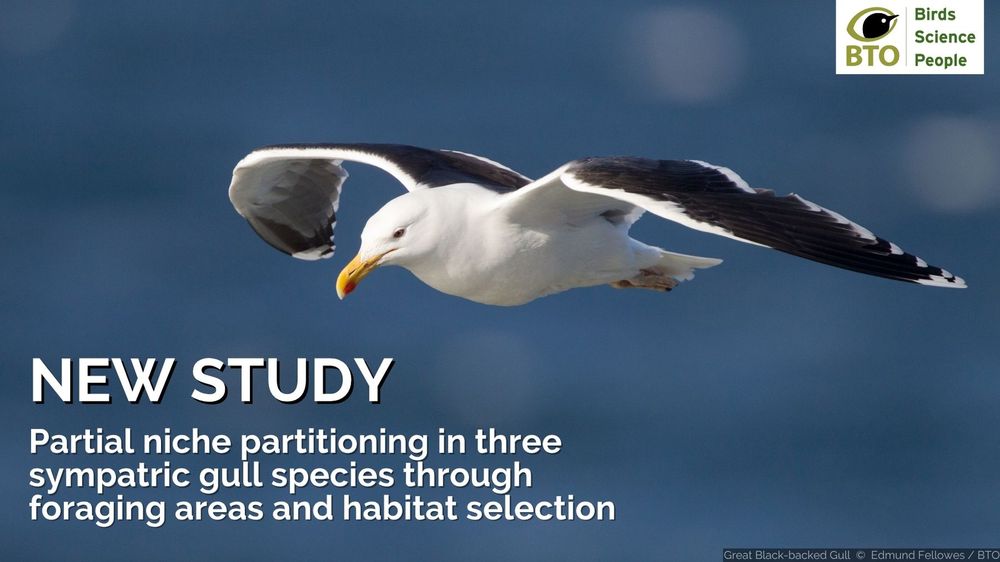
A Great Black-backed Gull flies through the sky (image by Edmund Fellowes/BTO). Wording underneath reads: New Study. Partial niche partitioning in three sympatric gull species through foraging areas and habitat selection. BTO logo is top right of the image.
1/ GPS-tracking of three gull species from the Isle of May, Scotland revealed overlap in foraging habitats during the breeding season, but differences in where the three species foraged, and their preference for landfills, urban and coastal habitats.
📖 bit.ly/GullStudy #Ornithology 🌍
07.07.2025 17:00 — 👍 30 🔁 16 💬 2 📌 2
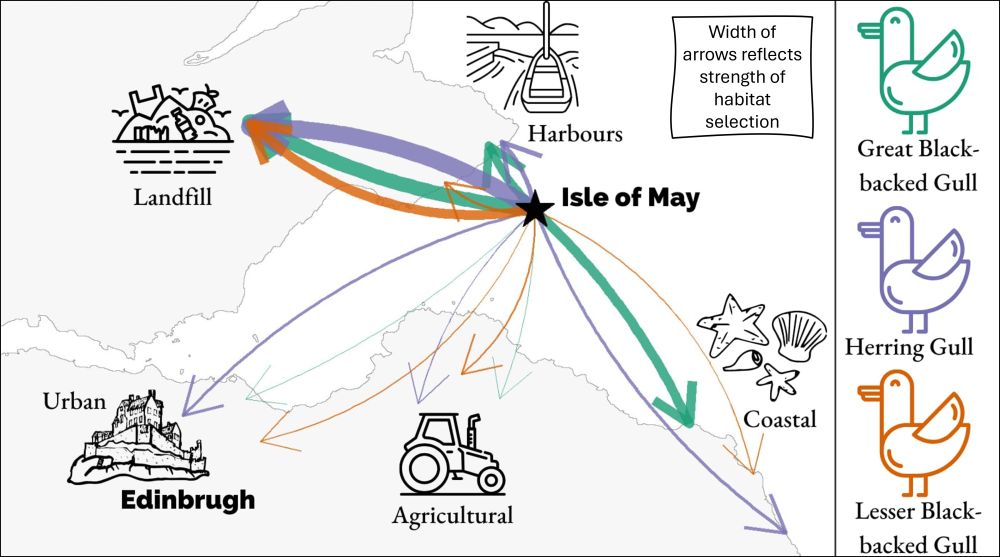
A map of the Isle of May within the Firth of Forth and arrows linking the isle with different habitats (landfill, harbours, urban, agriculture and coastal) reflecting each species strength of habitat selection. Each gull and the coresponding arrows are a different colour with Great Black-backed Gulls being green, Herring gulls being purple and Lesser Black-backed Gulls being orange.
Great Black-backed Gulls preferred coastal areas & harbours, similar to Herring Gulls, which were also more likely to visit urban areas. Lesser Black-backed Gulls largely visited farmland, which is common around the colony. Across species, several individuals strongly selected landfills #ornithology
08.07.2025 15:37 — 👍 7 🔁 3 💬 0 📌 0
A good point & one I bring up in my drone talks. Not being able to SCUBA doesn’t preclude one from being a marine scientist. Some of the first drone pilots in my lab were individuals who couldn’t dive due to medical conditions. We need to highlight the different ways of being a marine scientist.
17.07.2025 16:38 — 👍 24 🔁 8 💬 1 📌 0
When rivers get low & warm like this:
- the pollution in them gets more concentrated
- fish & other water creatures have less oxygen to breathe
- pathogens from sewage have perfect conditions to grow
- algae grow too much too fast - blocking out light & air for wildlife
1/3
17.07.2025 12:27 — 👍 73 🔁 41 💬 2 📌 1
YouTube word nerd. Happy host of RobWords and the podcast Words Unravelled.
https://www.youtube.com/robwords
https://www.youtube.com/@wordsunravelled
Reader in Urban Ecology. All things cities, animals, biological rhythms, biodiversity. How can we build better, greener, healthier cities?
Postcrossing connects random people all around the world... through postcards!
Information about ecological networks, papers and news from the group led by @dmevans.bksy.social at Newcastle University, UK
BRC is devoted to study and help protect the migration of over 1 million raptors along the Georgian Black Sea coast | batumiraptorcount.org
Benn Jordan / The Flashbulb
••Recording artist | YouTuber | Researcher••
https://linktr.ee/BennJordan
Monitoring populations in Norfolk through the BTO licensed ringing scheme. All birds and activities under taken under the appropriate licenses, including schedule where appropriate.
Promoting Invertebrate Recording & Conservation in North West England - Lancashire, Cheshire, Merseyside & Greater Manchester 🐝🐞🕷
https://linktr.ee/TanypteraProject
Assistant warden at Portland Bird Observatory, Dorset
The Oxford Biodiversity Network is a network of researchers & practitioners in & around the University working on biodiversity. www.biodiversity.ox.ac.uk
⚖️ We use the power of the law to protect people and the planet.
📍 London, Brussels, Warsaw, Madrid, Berlin, Beijing, Los Angeles, Tokyo
🌍 www.clientearth.org
Giving Conservation Wings
South Africa's leading bird conservation organization
Dedicated to protecting birds and their habitats
🦜🦉 We’re proud to be Australia's largest bird conservation organisation. Join us in our mission to stop the extinction of Australia’s threatened birds
🔗 https://birdlife.org.au/
Co-operation for the Convention on Biological Diversity, a project funded by the European Union under #HorizonEurope (GA No 101081778)
Global Biodiversity Information Facility
Want to be the first to learn about new datasets and use of data in GBIF? Check out @gbifmorpho.bsky.social 🦋
Saving migratory birds through flyway-wide cooperation, especially in East Asia - Australasia and Central Asia. Linking ecological, social and institutional connectivity. Promoting international cooperation in coastal ecosystem conservation and restoration
SocSES advances the understanding of complex social-ecological systems dynamics, fosters collaboration among researchers and practitioners, supports the next generation of sustainability leaders, and leverages research for policy impact.
BlueSky feed of the Azores Whale Lab - Cetacean Ecology Group, headed by Dr. Mónica A. Silva. Cetacean research in the North Atlantic for over 20 years. https://whales.scienceontheweb.net
The UNDP-managed Biodiversity and Ecosystem Services Network (BES-Net), supported by UNEP-WCMC and UNESCO, promotes dialogue between science, policy and practice to build capacity for the sustainable management of biodiversity and ecosystem services.
Agreement on the Conservation of Small Cetaceans of the Baltic, North East Atlantic, Irish and North Seas (ASCOBANS). A treaty of the United Nations. #UNEP #MigratorySpecies











